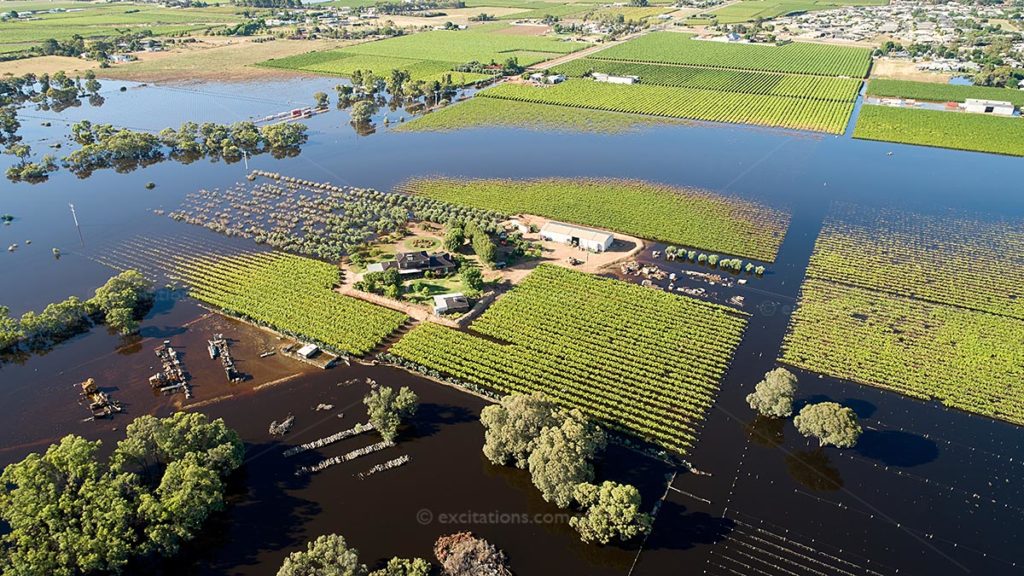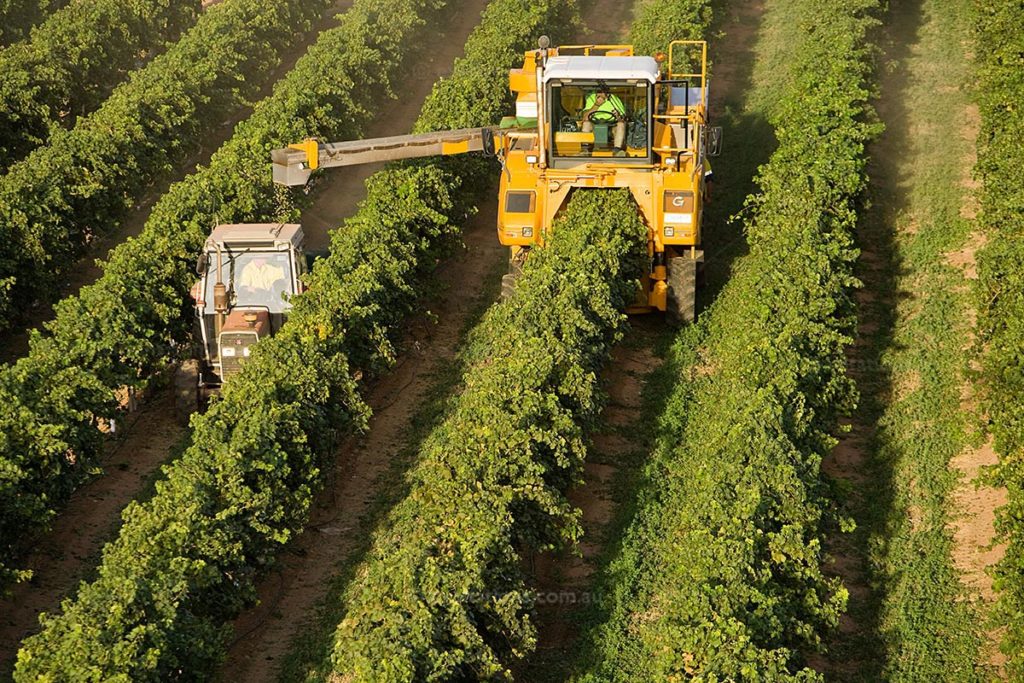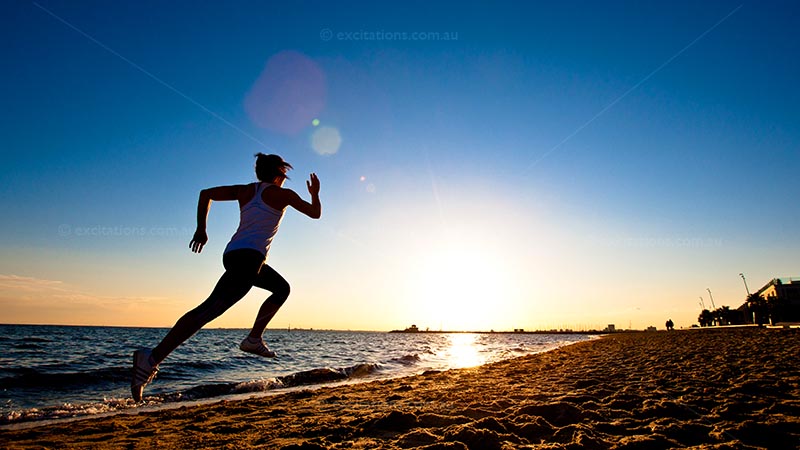Selling your photos online via a stock agency

There is a ton of information all across the web telling you how to make your fortune selling pictures online.
Much of it is nothing more than rehashed bunkum cut and pasted from decades-old magazine articles. Then there is all that stuff written by people who have never sold a picture online or anywhere else.
This post is not a how-to article. Instead, it is a warning to would-be content creators.
Please read and understand the terms in any potential agency’s terms of use. They will all have a contract of some sort. They are occasionally hidden so that you are signing up blind. By submitting work, you are agreeing to their terms.
Determine what your cut of each sale or licensing agreement is. That is how much you get. You may be surprised that the contributor’s share of each transaction is peanuts. Percentages of sales retained by the agency vary widely. Usually, between 40% to 90%, and that is the honest ones.
Other dodgy operators will pass your sale through multiple wholly owned offices or branches. Each office will deduct the same percentage from the ever-diminishing price. Leaving you with virtually nothing from the sale.
Some agencies pay more for exclusivity, which is a good thing. But be aware that you may be liable for legal fees and expenses if a buyer purchases an exclusive licence, then discovers the image is used elsewhere and sues. That is fair, but you would be surprised how many photographers provide exclusive content to multiple outlets. Exclusive is Exclusive, and that is why you get paid more.
As a contributor selling your photos through a stock photography agency, you are also responsible for ensuring you are the sole owner of the copyright. The image cannot be licensed for commercial use if there are recognisable people in the shot. It is your responsibility to ensure there is a model or talent release on everyone in a photograph. Get this wrong and you will be the one in court, not the agency.
One of the workarounds for the above is to mark your photos for editorial use only. That isn’t a get-out-of-jail-free card. Many jurisdictions have different rules regarding what an editorial image is.
Some buildings, almost all company logos, and even plant varieties have intellectual rights that can be infringed and land you in court. In fact, the list is nearly infinite. In most cases, your contributor agreement will state that you are responsible for court costs and damages.

I’m not trying to put you off selling your stock photos; just trying to tell you some of the stuff nobody seems to want to say to you.
And finally, you will need to keyword, tag and caption your stock photos. Make sure this meta-data, as it is referred to, is accurate. Providing inaccurate information can also end up with you fronting a judge somewhere when some large corporate decides you have misled them.
You see, most agencies are large corporations, and they what to protect their corporate arses by making you the one responsible. Just saying….
Please don’t submit anything until you understand their contributor agreements.



